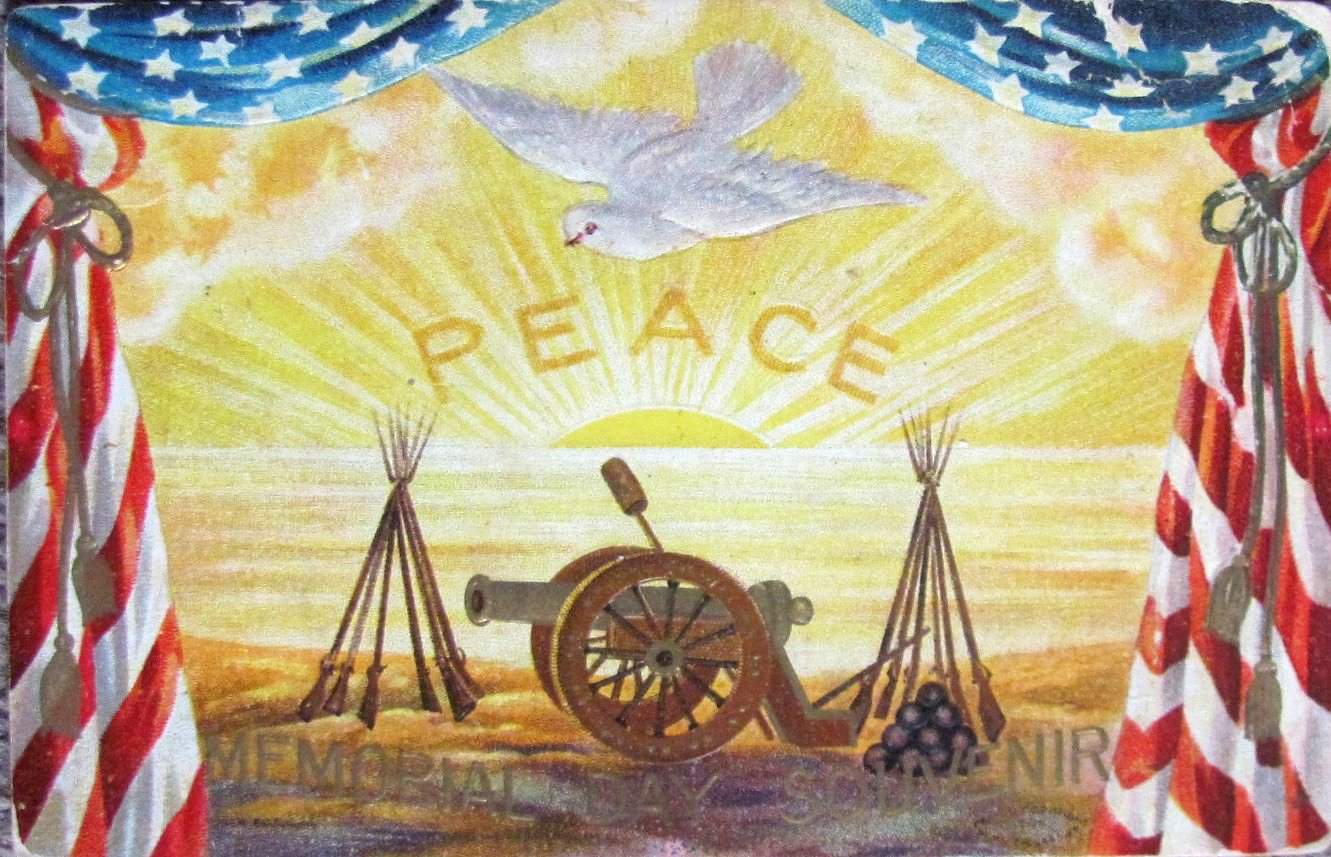
Memorial Day is upon us. I wasn’t in the service, but I am very patriotic. Perhaps had I served I would have a different opinion. Memorial Day has always been a holiday close to me. I think most readers know I am a military historian.
I knew several World War I soldiers, and one or two Spanish-American War veterans, when I was younger.
I think many people see Memorial Day as a time to have a barbeque, or Toyota to have a sale. I try to attend Chester’s Memorial Day service, held every May 30. It pleases me that Chester holds Memorial Day services on the traditional May 30. Chester doesn’t celebrate Memorial Day on a contrived date to create a three-day weekend. That would be disrespectful of the dead.
Memorial Day history
The first national observance of Memorial Day occurred on May 30, 1868. Then known as “Decoration Day,” the holiday was proclaimed by Commander in Chief John A. Logan of the Grand Army of the Republic to honor the Union soldiers who had died in the Civil War.
Official recognition as a holiday spread among the states, beginning with New York in 1873. By 1890, every Union state had adopted it. The World Wars turned it into a day of remembrance for all members of the U.S. military who fought and died in service. In 1971, Congress standardized the holiday as “Memorial Day,” and changed its observance to the last Monday in May.
My mother always called Memorial Day “Decoration Day,” as did many of her generation.
During the Civil War, battlefield tactics began to change. The rifled musket was produced in such numbers that every soldier carried one. No more Napoleonic style warfare, where men lined up to face an opposing army with inaccurate smoothbore muskets. The rifled musket was extremely accurate, and at longer distance than its predecessor, the smoothbore.
These new weapons and tactics led to trench warfare at the siege of Petersburg, Va. Here, trenches and other defensive obstacles were built to protect Confederate forces, and Richmond, the capital of the Confederacy. The siege at Petersburg by Union forces lasted many months.
It was April 2, 1865, when Capt. Charles Gould and his men of the Fifth Vermont Regiment finally broke through the Confederate defenses. A week later, Robert E. Lee surrendered to Ulysses S. Grant, ending the war. The Fifth Vermont played a pivotal role in this victory.
The Siege of Petersburg was a preview of the coming of World War I. Trench warfare in World War I caused unspeakable death and destruction. A famous poem written by a World War I soldier I include below. I always buy a Memorial Day poppy when I see one. Now you know what the poppy symbolizes.
Flanders field:
“In Flanders fields the poppies blow
Between the crosses, row on row,
That mark our place; and in the sky
The larks, still bravely singing, fly
Scarce heard amid the guns below.
We are the Dead. Short days ago
We lived, felt dawn, saw sunset glow,
Loved and were loved, and now we lie,
In Flanders fields.
Take up our quarrel with the foe:
To you from failing hands we throw
The torch; be yours to hold it high.
If ye break faith with us who die
We shall not sleep, though poppies grow
In Flanders fields.”
I went to the Kendall church this past Sunday, May 21. It was a small gathering, just Lee, Kim, myself, and Mark Dutton. We don’t talk about politics or other subjects that might divide us. We got to talking about Decoration Day, when Mark told this story. Mark grew up in the Dutton District in Springfield.
Mark remembers when he was young, maybe 5 years old, all of the kids in the district having a Decoration Day march. The kids carried banners or signs, whatever was handy. Some kids pulled their little red wagon. Some dressed in costume of some sort. Mark remembers 13 or more kids participating. Mark said they looked forward to it each year. It sounded like fun.
The photo with this article is a 1911 patriotic postcard. Who doesn’t want peace?
This week’s old saying is from Douglas McArthur when he retook the Philippines: “I have returned from whence I came.”